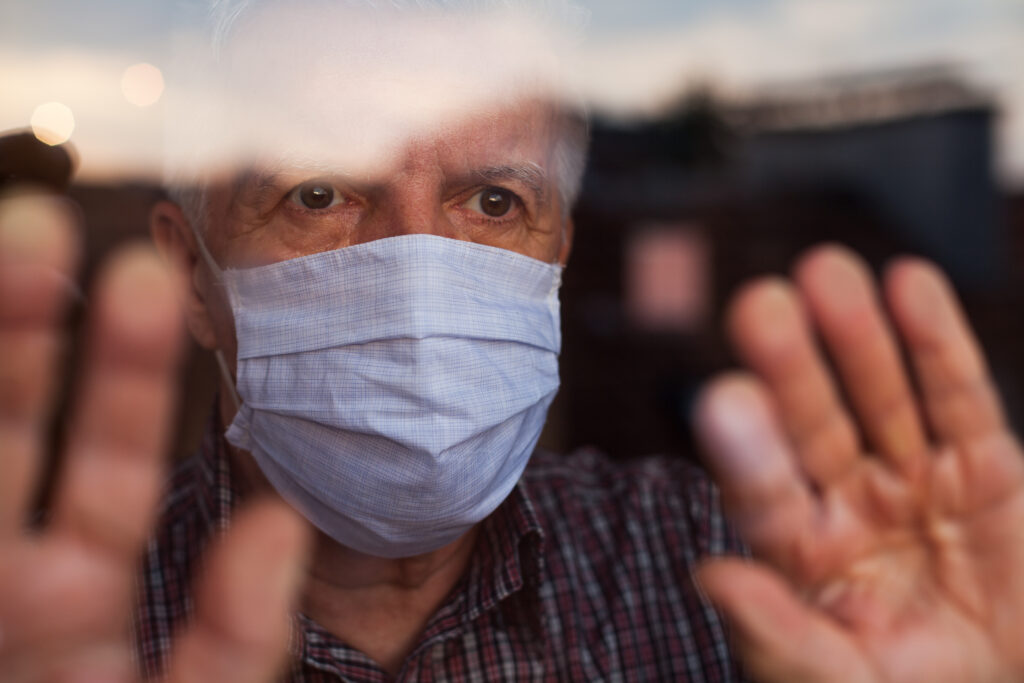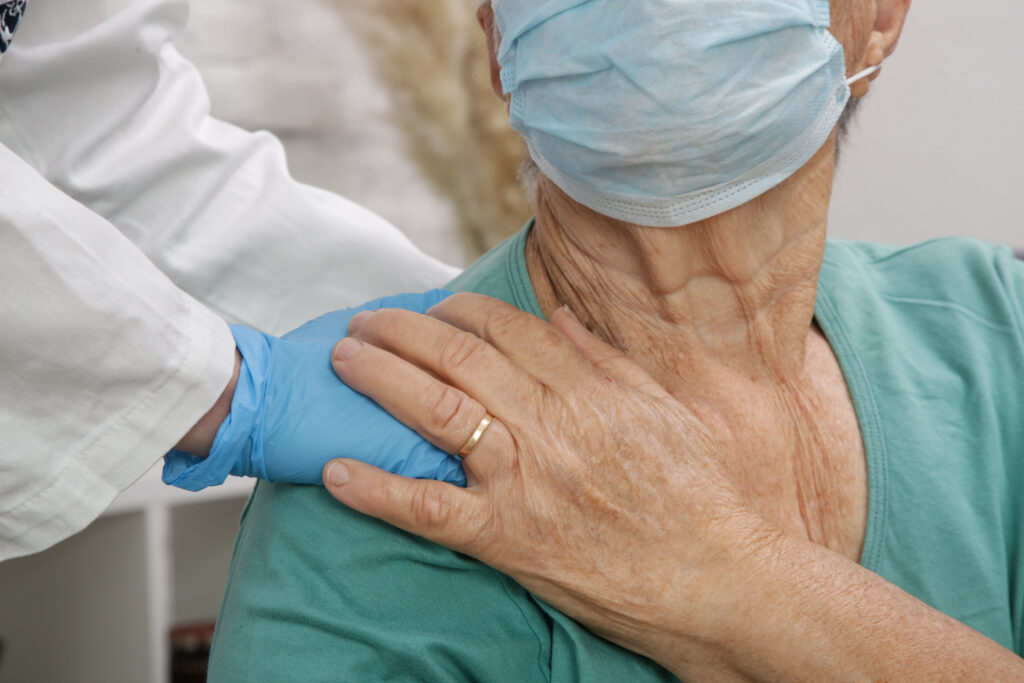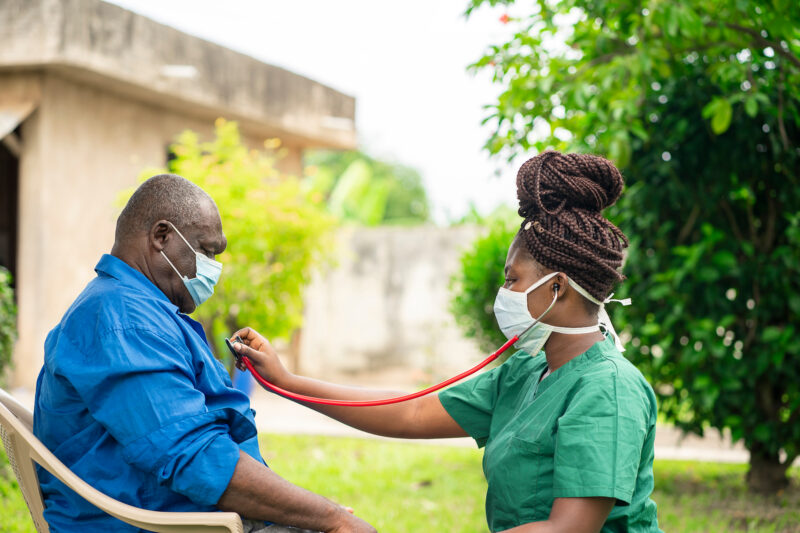With vaccinations on the rise, we see the United States emerging from the devastating effects of the coronavirus. Yet, even with signs of recovery appearing, will nursing homes share a part of that returning normalcy? Unfortunately, the answer to that question is still somewhat murky.

Returning To Normalcy, or Returning to a New Normal?
As COVID-19 swept through the country, long-term care facilities were often first to feel the crippling effects. As a result, an astonishing 183,000 long-term care residents and staff nationwide have lost their lives to the virus, even with the strictest protocols in place.
Although the COVID-19 vaccine has reduced the spread of the virus amongst residents in nursing homes and other long-term care facilities, the memory of the pandemic and how it ravaged these communities is still fresh in our minds.
With an alarmingly high death toll, long-term care facilities fell under tight scrutiny, prompting the question, how can long-term care facilities mitigate the threats posed by a pandemic? The answer, change.

Moving Forward
Unfortunately, COVID-19 has forever changed our view on safety culture. As a result, many families and caregivers have shifted their views on whether or not nursing homes are the safest places for their loved ones. However, for families with limited resources they’ll have to trust that the virus has inspired change.
In response to the ruin wrought by COVID-19 in many nursing homes, AARP encouraged experts to share their views on how long-term care facilities can change for the better.
Enhanced Enforcement
The Centers for Medicare & Medicaid Services (CMS) responded to the COVID-19 by bolstering government safety standards in nursing homes. In doing so, the CMS required states to increase focused infection control inspections or risk a steep civil monetary penalty.
Providing a Choice
For many without financial means, a long-term care facility may be the only option. According to the Medicaid website, Medicaid solely covers nursing facility services when provided in a nursing home when licensed and certified as a Medicaid Nursing Facility.
These stringent requirements quickly dash any hope for countless seniors wanting to age in the comforts of their own homes. Consequently, one can infer that the lack of funds for stay-at-home care forced many seniors into a distressing and dangerous situation this past year.
Healthier Environmental Changes
AARP touched on how some nursing homes tend to have tighter quarters for their residents, posing dire health risks as seen during the pandemic. In addition, seniors living in long-term care facilities, who share rooms and bathrooms, are more prone to spreading the virus. However, arranging residents to have more space and privacy will mean a significant increase in Medicaid reimbursement. Although possible, acquiring funds to make this essential change reality, will be a challenge.
Valuing Workers
With the coronavirus surging through the country, nursing assistants working in nursing homes found themselves in the epicenter of the virus. Yet, at an average of $13.00 an hour, many nursing assistants continued to brave the storm, caring for America’s most vulnerable, but it wasn’t enough.
Under-staffed and underpaid are the fundamental problems facing nursing home workers today. Unfortunately, when coupled with a lackadaisical-like response to the virus from the government, it spells a recipe for disaster. As a result, nursing home residents faced unnecessary health care risks.
Bottom Line
COVID-19 has wreaked havoc and painfully exposed our weaknesses, one being how we care for older members of society. Although the CMS increased safety standards are a step in the right direction, there needs to be a call for more dramatic change. Ultimately lawmakers should shift their focus to Medicaid spending. Moreover, offering a solution to safer late-life housing, as well as increased at-home care options.

